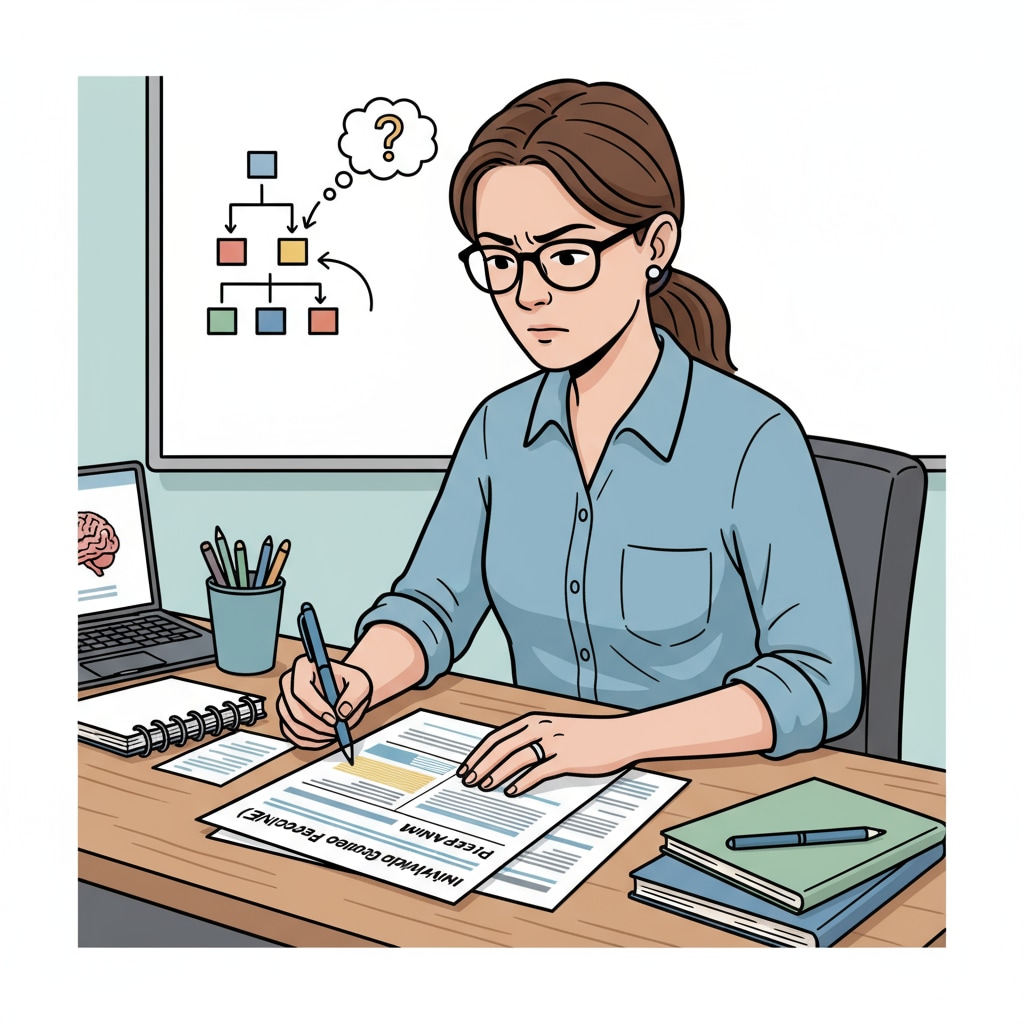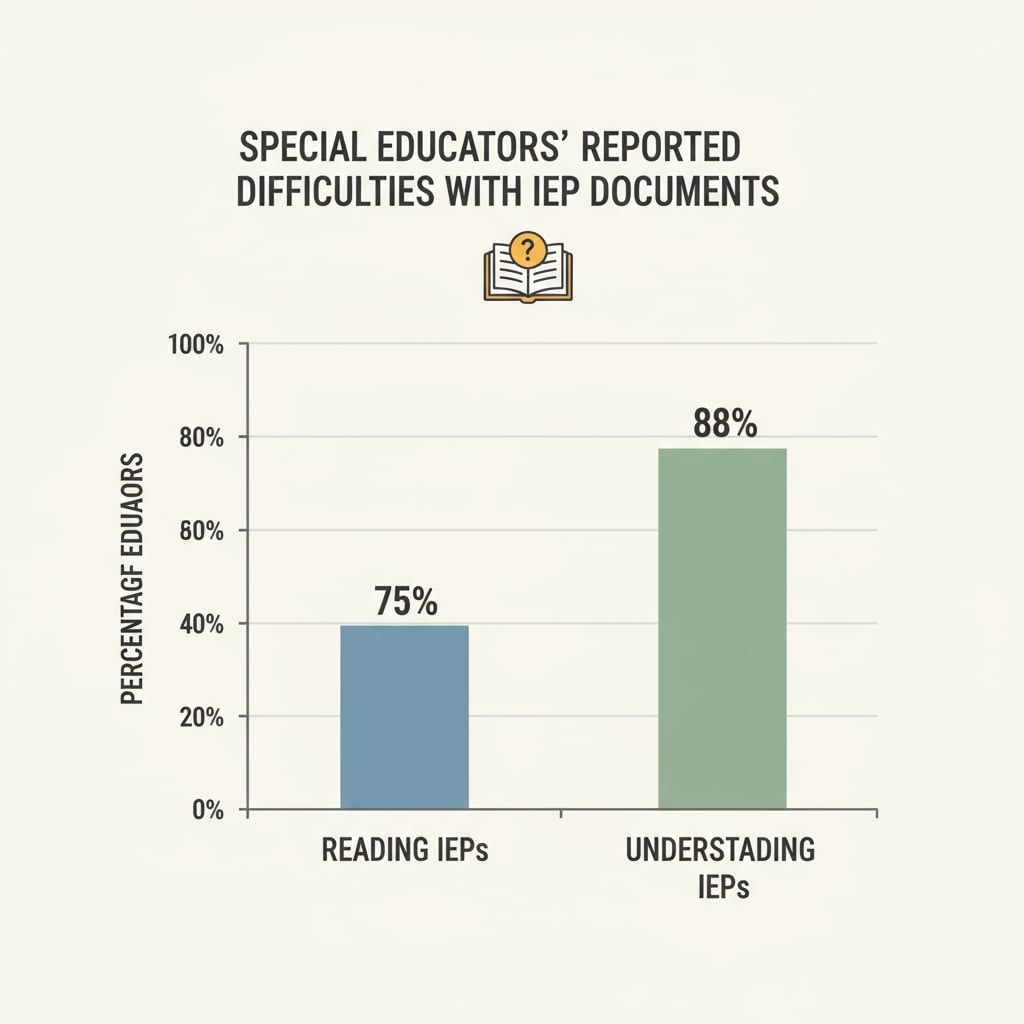Special educators often grapple with reading comprehension difficulties when dealing with Individualized Education Program (IEP) documents. These documents are crucial in special education as they outline the unique educational needs and plans for each student. However, understanding them is no easy feat.

The Prevalence of IEP Reading Challenges
Research has shown that a significant number of special educators struggle with comprehending IEP documents. The complex language, detailed jargon, and specific educational terms used in these documents can be overwhelming. For example, terms like “present levels of academic achievement and functional performance” or “least restrictive environment” require a deep understanding of special education principles. This lack of clear understanding can lead to misinterpretations, which may affect the quality of education provided to students with special needs.

Causes of the Reading Comprehension Hurdles
One of the main causes is the limited training special educators receive in IEP interpretation. Many teacher training programs do not adequately cover the nuances of reading and understanding these documents. Additionally, the sheer volume of information in an IEP can be daunting. Each document is tailored to an individual student, containing details about their strengths, weaknesses, goals, and the support services they require. This individualized nature means that educators need to be proficient in analyzing a wide range of information. Another factor is the evolving nature of special education laws and regulations. Keeping up with these changes and how they are reflected in IEP documents can be a challenge. Understanding the IEP Process on Understood.org
To address these challenges, several strategies can be implemented. Professional development opportunities focused on IEP reading and interpretation are essential. These workshops and courses can provide educators with in-depth knowledge of the language, structure, and purpose of IEP documents. Collaboration among special educators is also key. By sharing experiences and insights, they can learn from each other and develop better ways to understand these documents. Moreover, creating a glossary of common IEP terms and providing clear guidelines for reading and analyzing these documents can significantly improve comprehension. IEP Glossary on Parent Center Hub
Readability guidance: In this article, we have explored the challenges special educators face in understanding IEP documents. By recognizing the prevalence and causes of these reading comprehension difficulties, we can take steps to implement effective solutions. Through professional development, collaboration, and the use of resources, educators can enhance their ability to interpret IEP documents accurately, ultimately benefiting the students they serve.


